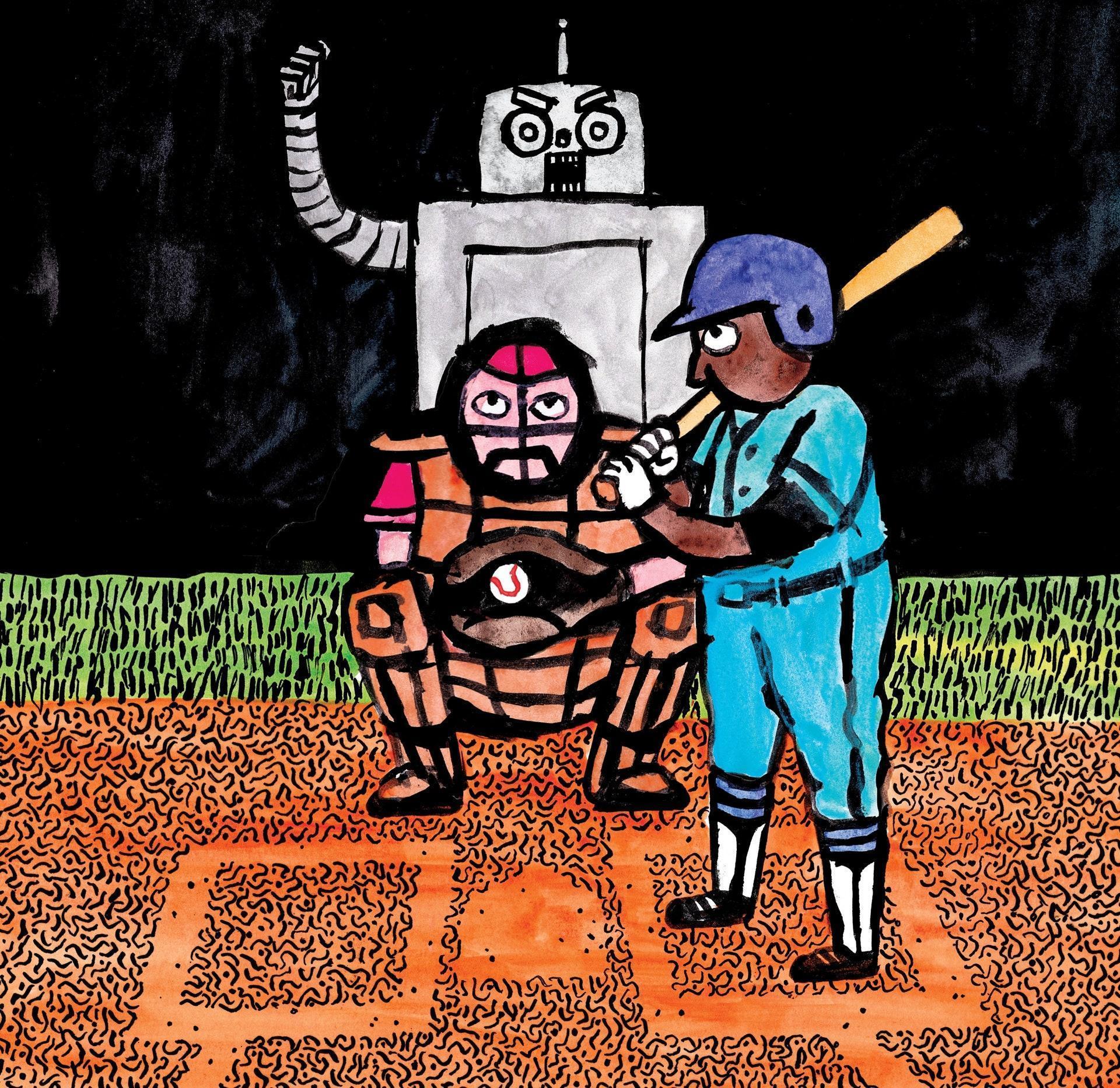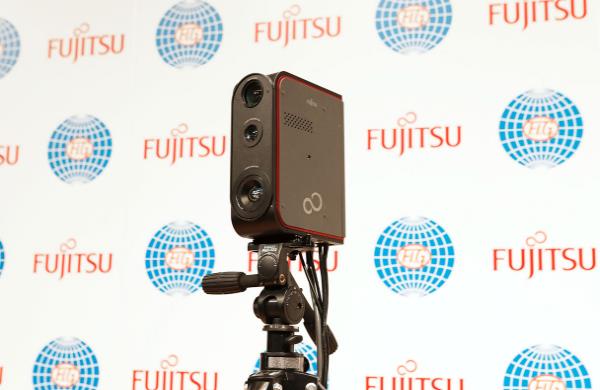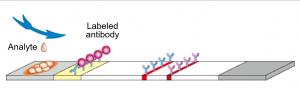Have you ever heard the word "Video Assistant Referees" or "Challenge"? This is the result of the accelerated development of cameras and various sensor technologies since the 2010s, leading to judgment assist systems introduced in various sports, such as baseball and football.
Some traditionalists in sports have strongly opposed the introduction of auxiliary systems using advanced technology, saying that it is part of a sports game, but some judgments in international games, such as the Olympics and World Cup, have been greatly controversial. Currently, it is used in such sports as weightlifting, judo, and taekwondo, as well as in ball games, such as baseball, football and tennis.
However, these techniques are only a system that 'subsidizes' judgments of umpires. For example, the foul judgment in football and the strike zone judgment in baseball follow the umpire's subjective decision, limit the opportunity to use VAR or Challenge, or interpret the decision result independently.
 |
Despite the introduction of such a decision-making aid system as a VAR, there are constant problems with these systems, for example, that the umpires continue to be misjudged or that the judges are deliberately biased, and many sports organizations around the world are planning to take their judgments completely or to weaken their authority as much as possible.
 |
Baseball has been the fastest sport to promote the introduction of robot umpires. It was only a few years ago that baseball introduced a system to help umpires make decisions, such as with out-safe and foul (IN/FOUR) judgments. However, the Minor League, a lower league of U.S. Major League Baseball, has already decided to introduce a pilot plan to leave the umpire's unique decision to the robot umpire. Also, a total of 23 games were played in 2020, the first year of KBO's introduction, and will be expanded this year.
As the introduction of robot umpires accelerates, concerns and opposition are growing throughout the sports world. Therefore, in this article, we will look at the the pros and cons of introducing robot umpires, starting with the technology needed for robot umpires. Finally, we’ll think about what the future of robot umpires will be.
 |
First, what techniques do robot umpires need? Before this, if you look at the current VAR and challenge systems, most of them use high-speed camera technology that takes nearly 200,000 frames per second. Typically, there is a “Hawk-Eye” camera, which was developed by a UK sports technology company. Hawk-Eye uses a method of analyzing this image data in real-time when more than 60 ultra-high-speed cameras are installed in various places in the stadium that convert the trajectory of the ball into a three-dimensional image. In other words, the picture of the ball, a two-dimensional image taken by the camera, is converted into a three-dimensional image through Artificial Intelligence (AI) to identify the trajectory of the ball. Based on this excellent technology, Hawk-Eye is currently used as a decision aid system in tennis, football (English Premier League and World Cup) and baseball (Major League Baseball).
 |
 |
However, the high-speed camera technology used today has a clear limit to making a true robot umpire. In ball sports, it leads to relatively accurate judgments, but there is a disadvantage that in sports such as gymnastics and figure skating, it can produce inaccurate judgments. To compensate for these drawbacks, AI systems using LiDAR sensors have recently been introduced. LiDAR is an acronym for “Light Detection And Ranging” or “Laser Imaging, Detection and Ranging.” This is a technique that detects distance, direction, speed, temperature, material distribution, and concentration characteristics by measuring the time and intensity of the pulse laser to the target and the light to return. It is also considered a key technology of the autonomous vehicle. In sport, it is responsible for following the movement of the athlete's body or the angle of the main joint.
In addition, AI technology should be further developed. The current AI has also made tremendous progress compared to the past, but it is still difficult to construct a complete robot umpire that can replace people. In fact, in baseball, where the strike-ball decision, which was the unique authority of the umpire, AI decisions have been delayed due to errors, or misjudgments have been made, leading to criticisms by opponents of the technology
Next, let's take a look at the arguments of the robot trial opponents and proponents. First, opponents of robot umpires are largely opposed for two reasons. The first reason is the problem of sports value. Opponents of robot umpires say that if a robot is used for judgment, it will eliminate all mistakes that come out of a human umpire, which will consequently reduce sports interest by removing variables that can come out of the sport. Second, it's a technical problem. As mentioned earlier, the introduction of robot umpires is too hasty and can have negative consequences of cutting off the flow of sports. In fact, AI technology, which is essential for making decisions, is not developed enough to be used in sports games. On the other hand, proponents of robot umpires argue that the introduction of robot umpires can eliminate the unfairness issues of umpiring and block problems that can shake the inherent value of sports, such as match-fixing.
So, what is the future of robot umpires? Will robot umpires that completely replace human umpires emerge? I expect that robotic judgments will be used in more sports in the future and that robot umpires will completely replace human umpires in 20 years. In fact, according to a report on the occupational group to be replaced by robots in 10 years, published at the World Economic Forum (WEF) in Davos, Switzerland in 2016, sports umpires have a 90% probability of being replaced by robots. At this point, human umpires are still robust and there are many errors in AI technology required for robot umpires. It is expected that robot umpires will be able to completely replace human judgment because it is more valuable when robot umpires are more accurate and fairness is guaranteed than the advantages of keeping human umpires.
Choi Yongha kubabiba7613@naver.com
<저작권자 © 홍익대영자신문사, 무단 전재 및 재배포 금지>





